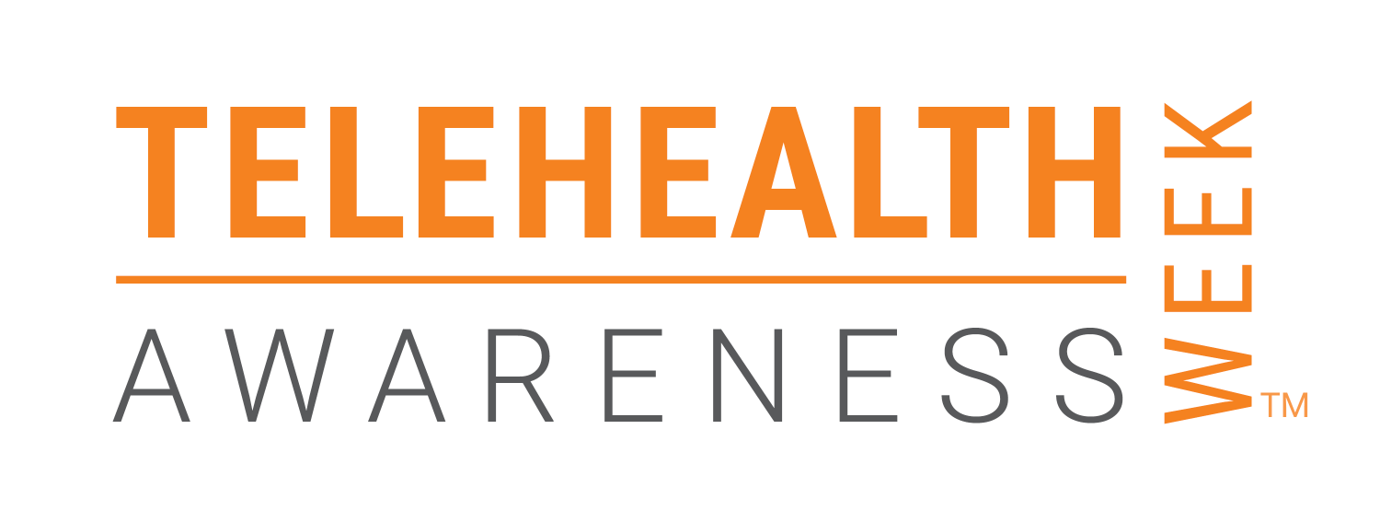The Virtual Patient Perspective
An Official Telehealth Awareness Week Event
Telehealth became a household word during the COVID-19 pandemic, delivering healthcare into living rooms across the country. It changed the way patients access care – making it more convenient, more efficient, and more effective. Especially for patients with mobility challenges or those in rural and underserved communities, or when in-person care is just not possible, virtual care services can be a lifeline. Hear from patients and patient advocates about the important role telehealth is playing in care delivery, the benefits of virtual care delivery, and how these individuals want care delivered in the future. How does telehealth empower patients to be engaged in their health? How does telehealth drive patient and provider satisfaction? What are the roadblocks and opportunities for telehealth?
Join us as we explore the virtual patient perspective.
2:00-2:05 pm: Welcome
- Joe Kvedar, MD, Professor, Harvard Medical School; Senior Advisor, Virtual Care, Mass General Brigham; Editor, npj Digital Medicine; Chair of the Board, ATA
2:05-2:20 pm: Opening Keynote: Telehealth as an Empathy Imperative for Healthcare
Telehealth has been an option for patients and caregivers alike for the past several years. Fueled by COVID and the need for virtual care, telehealth exploded onto the scene in 2020. Over time, its use has waned as healthcare systems work to bring patients back in person for care. In this session, Adrienne Boissy, Chief Experience Officer for Cleveland Clinic, uses data and perspective to make the case that telehealth – the ability to connect with patients via virtual platforms – is the most empathic model of care. Convenience for patients is a commonly stated benefit of telehealth, but the less obvious – and powerfully compelling – reasons might just bring the profession full circle…into the homes and hearts of every one of us.
- Adrienne Boissy, MD, Chief Experience Officer, Cleveland Clinic
2:20-3:10 pm: Panel Discussion: The Virtual Patient Perspective
This discussion will provide a variety of viewpoints from the provider and patient communities. Speakers will share impactful and informative stories on telehealth’s impact on patient communities, identify ongoing opportunities and barriers to high quality telehealth services.
- Moderator: Heidi Ross, Director, Policy, National Organization for Rare Disorders
- Rick Aranson, Sr. Director, Patient Care Services, Susan G. Komen
- Mindy Henderson, Director and Editor-in-Chief, Muscular Dystrophy Association
- Roshni Kulkarni, MD, Professor Emerita and Former Director, Michigan State University Center for Bleeding and Clotting Disorders, National Hemophilia Foundation
- John Novak, Medical Director, OhioHealth ALS Clinic, ALS Association
- Rachel Solomon, Director, Policy, Cancer Support Community
- Hannah Lynch, Associate Director, Federal Government Relations & Health Policy, National Psoriasis Foundation
3:10-3:20 pm Closing Keynote: Telehealth’s Tipping Point: Our Role to Ensure Its Momentum
Walter Panzirer is one of three trustees for the Leona M. and Harry B. Helmsley Charitable Trust. To date, Helmsley’s Rural Healthcare Program has invested more than $100 million towards the advancement of telemedicine. Beyond the grant funding, Mr. Panzirer has also been a visionary thought leader in shaping the path of telemedicine over the past twelve years. While he is certainly excited by the recent boom in telemedicine’s use and acceptance, Mr. Panzirer has grave concerns about the future of virtual care. He will talk about the “tipping point” we’re at today and how it’s the responsibility of all who truly care about the continued responsible use of telemedicine to get involved and passionately work to ensure that its use continues to improve in the way pioneers in telemedicine intended.
- Walter Panzirer, Helmsley Charitable Trust
3:20 pm: Closing
- Joe Kvedar, MD, Professor, Harvard Medical School; Senior Advisor, Virtual Care, Mass General Brigham; Editor, npj Digital Medicine; Chair of the Board, ATA

